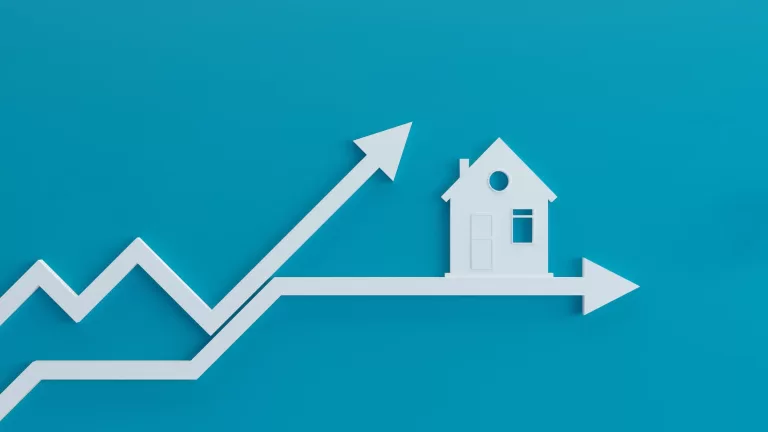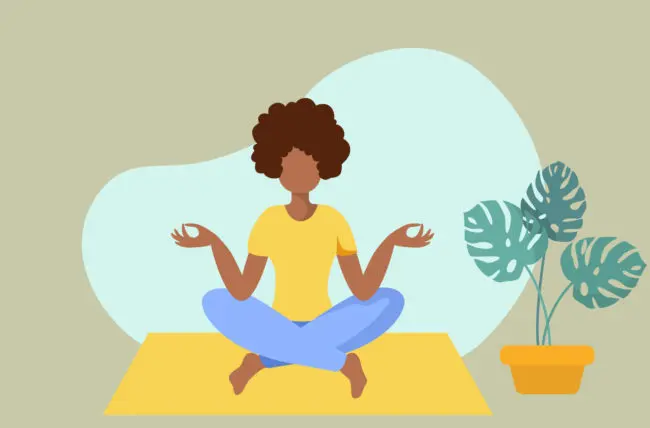
How to Live in the Moment and Enjoy the Present
This page may contain affiliate links. If you choose to purchase after clicking a link, I may receive a commission at no extra cost to you.
Do you often find yourself worrying about the future or dwelling on the past? Do you feel like you’re missing out on the joy of the present moment because you’re too busy or distracted by things that are out of your control? If so, you’re not alone. Many people struggle with living in the moment and being fully present in their lives.
Living in the moment, also known as mindfulness, is the practice of paying attention to what is happening in the here and now, without judging it or wishing it were different. It’s about accepting and embracing reality as it is, rather than resisting or escaping it. Living in the moment can help you reduce stress, anxiety, and depression, improve your mood and well-being, enhance your relationships, and increase your happiness and satisfaction with life.
But how do you live in the moment when there are so many things that demand your attention and pull you away from the present? How do you overcome the habits of mind that keep you stuck in the past or the future? How do you cultivate a mindful attitude and lifestyle that allows you to enjoy the present moment fully?
Here are some tips and strategies that can help you live in the moment and enjoy the present::
Start your day with a mindful intention. Before you get out of bed, take a few moments to set an intention for your day. What do you want to focus on? How do you want to feel? How do you want to treat yourself and others? How do you want to respond to challenges and opportunities? Setting a mindful intention can help you align your actions with your values and goals, and remind you to stay present throughout the day.
Practice gratitude
Gratitude is one of the most powerful ways to live in the moment and appreciate what you have. Gratitude can help you shift your perspective from what is lacking or wrong to what is abundant and right in your life. It can also help you cultivate a positive and optimistic mindset that makes you more resilient and happy. To practice gratitude, make a habit of writing down three things that you are grateful for every day, or expressing your appreciation to someone who has made a difference in your life.
Breathe deeply
Breathing deeply is one of the simplest and most effective ways to live in the moment and calm your mind and body. Breathing deeply can help you relax, reduce stress, lower your blood pressure, improve your focus, and enhance your mood. To breathe deeply, inhale through your nose for four counts, hold your breath for four counts, exhale through your mouth for four counts, and repeat as many times as needed. You can also use a breathing app or a guided meditation to help you breathe deeply.
Do one thing at a time
Multitasking may seem like a good way to get more done in less time, but it actually makes you less productive, more stressed, and more prone to errors. Multitasking also prevents you from living in the moment and enjoying what you’re doing. To live in the moment, try to do one thing at a time with full attention and concentration. Whether it’s working on a project, reading a book, cooking a meal, or having a conversation, give it your undivided attention and notice every detail and sensation. You’ll find that you’ll get more done, enjoy it more, and feel more fulfilled.
Be curious
Curiosity is another key ingredient for living in the moment and enjoying the present. Curiosity can help you learn new things, discover new possibilities, expand your horizons, and enrich your life. Curiosity can also help you overcome boredom, frustration, and judgment by making you more open-minded and interested in what is happening around you. To be curious, ask questions, seek answers, explore new topics, try new things, challenge yourself, and have fun.
Savor the moment
Savoring is the act of consciously enjoying an experience with all your senses and emotions. Savoring can help you live in the moment and appreciate the beauty and joy of life. Savoring can also enhance your memory, happiness, and well-being. To savor the moment, slow down, pay attention, use all your senses, express your feelings, share with others, and relive the experience later.
Let go of expectations
Expectations are often the source of disappointment, frustration, and unhappiness. Expectations can make you miss out on the present moment by making you focus on what should be rather than what is. Expectations can also make you resist or reject reality by making you compare it to an idealized version of how things should be. To live in the moment, let go of expectations and accept reality as it is. Instead of expecting things to go a certain way or people to behave a certain way,
Be compassionate
Compassion is the feeling of empathy and kindness towards yourself and others. Compassion can help you live in the moment and enjoy the present by making you more caring, supportive, and forgiving. Compassion can also help you cope with stress, pain, and suffering by making you more understanding and less judgmental. To be compassionate, practice self-care, listen to your needs and feelings, treat yourself with respect and kindness, help others in need, and express your gratitude and appreciation.
Mindfulness vs Meditation
If you are interested in improving your mental health, well-being, and happiness, you might have heard of the terms mindfulness and meditation. But what do they mean exactly, and how are they different from each other?
Mindfulness is a quality of awareness that involves paying attention to the present moment, without judgment or criticism. It means being fully engaged with what is happening in your mind, body, and environment, without getting distracted by thoughts, emotions, or external stimuli. Mindfulness can help you reduce stress, enhance focus, and cultivate compassion.
Meditation is a practice that involves using a technique to train your attention and awareness, and achieve a mentally clear and emotionally calm state. There are many types of meditation, such as breath-awareness, loving-kindness, mantra-based, visualization, and concentration meditation. Meditation can help you develop mindfulness, as well as other benefits such as relaxation, insight, and happiness.
Mindfulness and meditation are not the same thing, but they are closely related. You can practice mindfulness anytime and anywhere, by simply bringing your attention to the present moment. Meditation is a more formal and structured practice that usually requires a specific time, place, and method. You can use meditation to cultivate mindfulness, and use mindfulness to enhance your meditation.
Both mindfulness and meditation can benefit you in many ways. They can help you improve your mental health, well-being, and happiness, by reducing stress, anxiety, depression, and negative emotions. They can also help you increase your focus, creativity, productivity, and positive emotions. They can also help you develop a deeper connection with yourself, others, and the world around you.
If you want to start practicing mindfulness and meditation, here are some tips:
- Choose a type of meditation that suits your goals and preferences. You can try different techniques until you find one that works for you.
- Set aside a regular time and place for your meditation practice. Ideally, you should meditate every day for at least 10 minutes.
- Start with a short session and gradually increase the duration as you become more comfortable.
- Be gentle and patient with yourself. Don’t judge or criticize yourself if your mind wanders or if you feel restless. Just gently bring your attention back to the object of your meditation.
- Use mindfulness throughout the day to stay present and aware of what is happening in the moment. You can practice mindfulness while doing any activity, such as eating, walking, working, or talking.
- Enjoy the process and the benefits of mindfulness and meditation. Notice how they make you feel and how they improve your life.
Meditation
Meditation is one of the most effective and proven ways to live in the moment and enjoy the present. Meditation is the practice of focusing your attention on a single object, such as your breath, a word, a sound, or a sensation, and letting go of any thoughts or distractions that arise. Meditation can help you train your mind to be more mindful, calm, and aware.
Meditation can also help you improve your physical and mental health, reduce stress, enhance your mood, and increase your happiness and well-being. To meditate, find a comfortable and quiet place, sit or lie down, close your eyes, and focus on your chosen object for a few minutes. You can also use a meditation app or a guided meditation to help you meditate.
Have fun
Having fun is another essential way to live in the moment and enjoy the present. Having fun can help you relax, recharge, and rejuvenate. Having fun can also help you boost your creativity, productivity, and motivation. Having fun can also help you connect with others, make new friends, and strengthen your relationships. To have fun, do something that makes you happy, laugh, smile, play, dance, sing, or anything else that brings you joy.
Summary
Living in the moment and enjoying the present is not always easy, but it is definitely worth it. By following these tips and strategies, you can learn to be more mindful, present, and happy in your life.
Remember that living in the moment is not a destination, but a journey. It’s not something that you achieve once and for all, but something that you practice every day. So start today and enjoy every moment of your life!








Leave a Comment